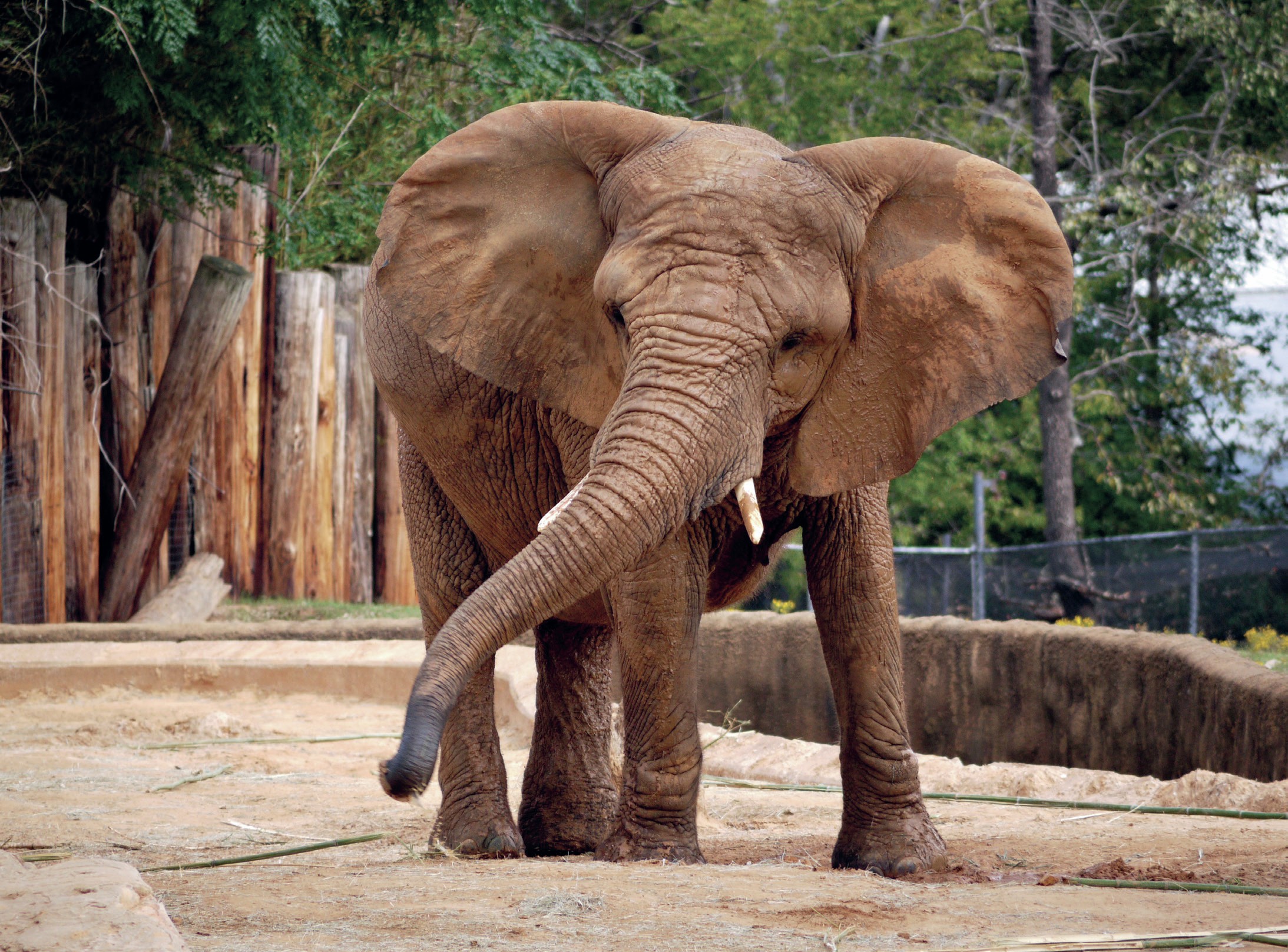
The welfare of animals is influenced by their environment and how they cope with it. Wild elephants face many challenges, such as predator threats, food shortages and drought. In captivity the challenges are different but still present – for example, isolation, over-crowding and transportation all cause stress. Poor management practices can therefore result in unnecessary suffering of captive elephants. By identifying stressful situations, a management system can be put in place to enhance welfare.
When studying animal welfare, attention often focuses on disease, where signs of illness are clear. However, it is also important to investigate less noticeable changes that may indicate stress. The challenge for researchers is to identify a biomarker that indicates an individual’s stress level and how this changes over time.
Your organisation does not have access to this article.
Sign up today to give your students the edge they need to achieve their best grades with subject expertise
Subscribe



